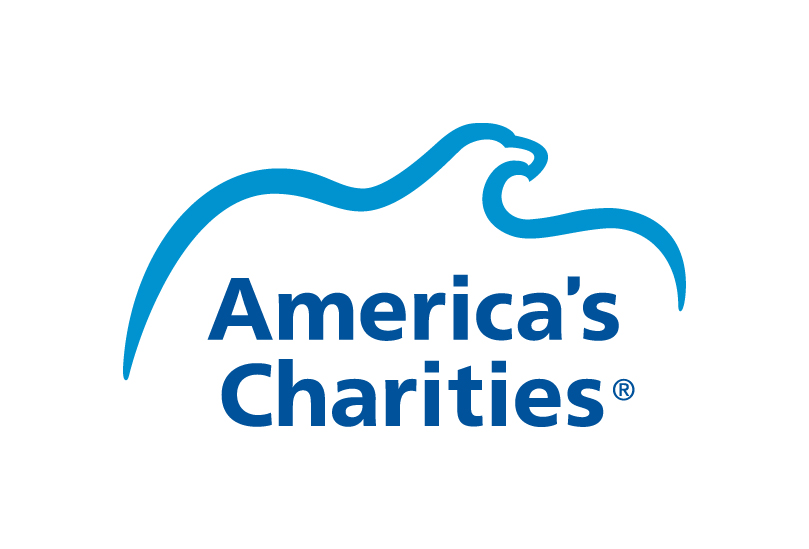Time-tested Tactics for Making Employee Volunteerism Matter

By Jim Starr, Interim CEO, America's Charities
This past February, I presented a case study of a company’s relationship with a nonprofit around employee volunteer engagement. A quick recap:
- A well-meaning company wanted to do a group volunteer activity with a nonprofit they financially supported
- The nonprofit didn’t have a readily structured and meaningful group volunteer project for the company…but they did something anyways
- While the company got its volunteer activity, the experience was less than inspirational for the employees and didn’t deliver great value for the nonprofit
Sound familiar? In fact, you’ve probably lived it – from the perspective of the company, the nonprofit or the employee volunteer. Our Snapshot research conducted in 2014 and 2015 confirms and amplifies this still ongoing struggle to meaningfully engage employees as volunteers.
In the last post, I outlined four concrete strategies to dramatically improve the interaction and results for employee volunteer engagement:
1. Work with trusted partners.
2. Describe success.
3. Leverage technology.
4. Follow up.
Let’s apply these time-tested tactics to our case study and rewrite it:
S&B, a multi-national pharmaceutical company, is a large supporter of Emergency Relief, a national nonprofit. Maria, S&B’s Community Relations Director, wanted to organize a volunteer activity to team build and make a difference in the community. Maria searched on their company’s online employee engagement and workplace giving platform to see what opportunities might be available with Emergency Relief. Maria didn’t see anything that would accommodate the number of employees who were going to volunteer, but she did see an opportunity that might fit if Emergency Relief was amenable. Essentially, it involved distributing disaster readiness kits in low-income neighborhoods.
Maria reached out to her contact at Emergency Relief – Kathy, the Development Director – and outlined her need and potential solution. Kathy got Ryan, the Volunteer Director, and Amy, the Program and Services Director, on the line with Maria. Maria outlined her needs and suggested doing a readiness kit distribution in two weeks. Amy loved the idea of a larger group volunteering for a need Emergency Relief had, though Ryan expressed some logistical challenges that would need to be addressed. In addition, Amy pushed back on doing it in two weeks, as other activities were already scheduled. She suggested four weeks out which was workable for Maria. By the end of the call, they had mapped out shared objectives, covered the logistical needs and confirmed the date and location for the activity.
Maria then created a new volunteer opportunity on S&B’s employee engagement platform and promoted it within the company. Interested employees signed up on the platform, providing Maria and Emergency Relief a roster, including contact information. In the days leading up to the event, Ryan provided Maria some content on the impact her employees will have by distributing the readiness kits. Maria posted this on the platform so that it was shared with the employees.
The volunteer activity was a great success with the volunteers feeling a sense of satisfaction and impact, the nonprofit having an important need met and the company having its objectives met. Emergency Relief sent personal thank-you notes to the employee volunteers inviting them to continue to be a part of the Emergency Relief family. Three of the twenty volunteers made a financial contribution as a result and five more signed up for other volunteer opportunities with them.
So what was different?
Well, the end result – and most importantly, those impacted by Emergency Relief were better served. Examples of the four tactics include:
1. Work with trusted partners.
- Maria felt comfortable reaching out directly to Kathy. And Amy and Ryan felt comfortable pushing back on the timeframe and expressing some logistical concerns about Maria’s idea.
2. Describe success.
- Maria articulated her objectives. Amy confirmed the value of the proposed idea.
3. Leverage technology.
- S&B uses an employee engagement and workplace giving platform to post volunteer opportunities. Emergency Relief provided S&B with some relevant content.
4. Follow up.
- Emergency Relief stewarded their volunteers and thanked them. As a result, they secured continued support.
In closing, the solutions are not complicated nor difficult. But the challenge lies in the execution – just because something is simple doesn’t mean it’s simply done. Successful volunteer programs and partnerships between a company and nonprofit are the result of diligent and purposeful interaction – a relationship built upon trust and transparency. In order for a volunteer effort to have impact, it must be organized and executed in a way that accomplishes “success” as defined by your company and the nonprofit from the onset. If you can do that, then you will form truly strategic relationships that bring value to everyone involved.

